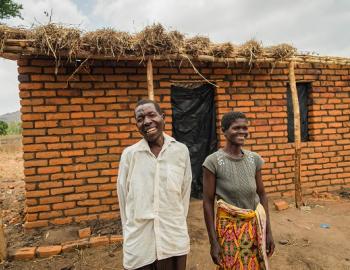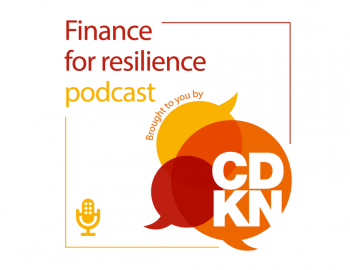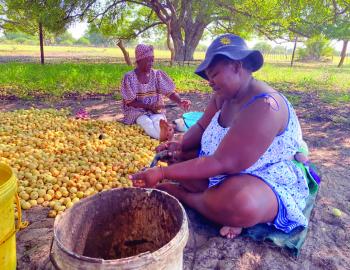Report : Sheltering From a Gathering Storm: The Cost and Benefits of Climate Resilient Shelter
Report : Sheltering From a Gathering Storm: The Cost and Benefits of Climate Resilient Shelter
Shelter design is one of the greatest factors influencing the loss of lives and assets during extreme climate events and is therefore a significant cost for governments, the private sector, and nongovernmental organizations working on disaster risk reduction or post-disaster reconstruction. The CDKN project, Sheltering From a Gathering Storm, has generated substantive information on the costs and benefits of climate resilient shelter designs. This information will contribute to the transformative changes necessary to make communities more resilient to future disasters. Using cost-benefit analysis, this paper, Sheltering From a Gathering Storm: The Cost and Benefits of Climate Resilient Shelter, provides insights into both the economic and nonfinancial returns of adaptive, resilient shelter designs that take into consideration hazards such as typhoons, flooding, and temperature increases. The research spans South and Southeast Asia, with a focus on Central Vietnam, Northern India, and Central to Northern Pakistan.
Key messages:
- Resilient housing designs can cost-effectively reduce losses by vulnerable communities due to floods, storms, and high peak daily temperature events.
- Access to affordable resilient housing designs and the funding required to implement them is especially important to the poor and near-poor who have access to land and housing.
- Simple, low-cost design features have been identified through Resilient Housing Design Competitions.
- Qualitative and quantitative analyses of investments in climate resilient designs show high benefit-cost ratios under a range of scenarios.
- Access to affordable financing coupled with awareness and training of builders are the primary barriers vulnerable populations face in accessing climate resilient designs.
- While shelter designs can reduce the impact of extreme storms and floods, the ability to address increases in temperature through shelter design changes alone is limited.
Sheltering From a Gathering Storm is a two-year project supported by CDKN targeting peri-urban areas in India, Vietnam and Pakistan to identify practical solutions for resilient shelters and the long-term economic returns of investing in such shelter structures, focussing on cities facing risks from typhoons, flooding and extreme heat.
Further reading:
Case studies:
- Sheltering From a Gathering Storm: Flood Resilience in India
- Sheltering From a Gathering Storm: Temperature Resilience in Pakistan
- Sheltering From a Gathering Storm: Typhoon Resilience in Vietnam
Reports:
- Review of Housing Vulnerability: Implications for Climate Resilient Houses
- Typhoon Intensity and Climate Change, Da Nang, Vietnam
- Extreme Rainfall, Climate Change and Flooding in Da Nang, Vietnam
- Extreme Rainfall, Climate Change and Flooding in Gorakhpur, India (policy brief)
- Qualitative Insights Into The Costs And Benefits Of Housing In Three Wards In Central Vietnam
- Lessons from Typhoon Nari: Storm Resistant Housing shown to be Effective
Technical papers:
- Extreme Rainfall, Climate Change and Flooding in Gorakhpur, India (technical brief)
- Da Nang's Extreme Rainfall and Climate Change by the 2020s and 2050s



